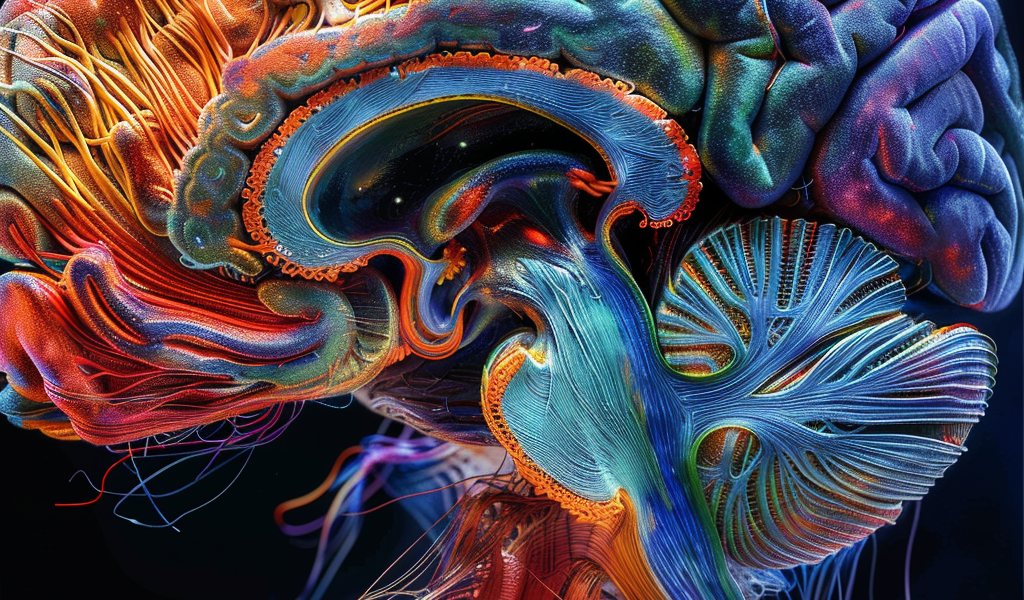In recent years, the field of neuroscience has undergone a significant transformation, revolutionizing our comprehension of the brain and its operations. These groundbreaking advancements are not only challenging conventional beliefs but also opening up new avenues for the diagnosis and treatment of neurological and psychiatric conditions.
Brain Plasticity: A Remarkable Adaptation
Traditionally, it was believed that the adult brain was fixed, with unalterable neural connections. However, the concept of brain plasticity has shattered this notion, highlighting the brain’s capacity to change in response to internal and external stimuli.
Types of Plasticity
Synaptic Plasticity: This form of plasticity involves the strengthening or weakening of synapses, the junctions between neurons, based on neural activity. It plays a crucial role in learning and memory.
Structural Plasticity: The brain can modify its structure to adapt to new circumstances, such as compensating for sensory loss or recovering from injury, by forming, adjusting, or eliminating neural connections.
Neurogenesis: Surprisingly, studies have shown that adult brains can generate new neurons, a process known as neurogenesis. This discovery holds promise for treating conditions like Alzheimer’s disease.
The notion of brain plasticity has revolutionized our understanding of the brain’s potential for development throughout life, offering new possibilities for rehabilitating and managing neurological disorders.
Connectomics: Mapping Neural Networks
The field of connectomics has played a crucial role in advancing our knowledge of brain mechanisms by mapping neural connections within organisms. This discipline utilizes sophisticated brain imaging methods like diffusion MRI and electron microscopy to visualize neural networks with exceptional clarity.
Insights from Connectomics
Functional Connectivity: This concept has revealed that different brain regions are not isolated; instead, they are intricately connected.
Large-Scale Networks: The brain comprises extensive networks that involve distant brain regions responsible for complex cognitive functions such as memory, attention, and decision-making.
Network Flexibility: Research has shown that these networks are adaptable, adjusting their connections based on requirements and environmental influences.
By unraveling the intricacies and dynamics of brain networks, connectomics has enriched our comprehension of neurological and psychiatric disorders like autism, schizophrenia, and depression, which are now viewed as disruptions within these networks. This perspective offers new insights into the





